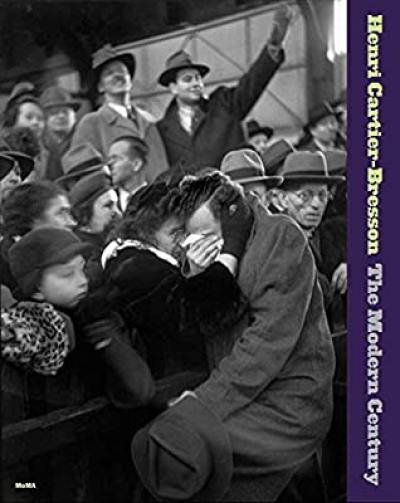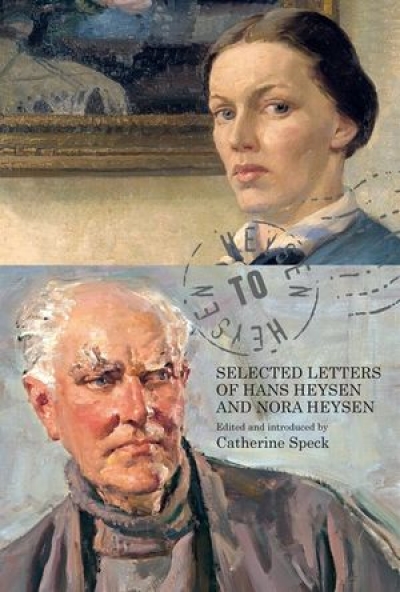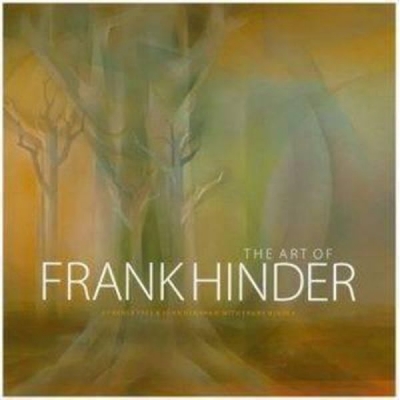Arts
Everyone, I suspect, has a favourite photograph by Henri Cartier-Bresson. Mine shows two couples picnicking beside what I have always thought was the Marne River but turns out to be somewhere else altogether. Juvisy (1938), as it is now titled, depicts urban workers relaxing near a man-made pond in the suburbs of Paris. This is indicative of the exhaustive research of Peter Galassi and his colleagues, who have brought to light a huge amount of new information on Cartier-Bresson and his photographs. Their book has been published to accompany a Cartier-Bresson exhibition at the Museum of Modern Art, New York, where Galassi is chief curator of photography.
... (read more)Victorian Visions: Nineteenth-Century Art from the John Schaeffer Collection by Richard Beresford
Heysen to Heysen: Selected Letters of Hans Heysen and Nora Heysen by Catherine Speck
Images of the Interior: Seven Central Australian Photographers by Philip Jones
The Art of Frank Hinder by Renee Free and John Henshaw, with Frank Hinder
The Cult of Beauty: The Aesthetic Movement 1860–1900 by Stephen Calloway and Lynn Federle Orr
Art Journal of the National Gallery of Victoria, 50th Edition edited by Isobel Crombie and Judith Ryan
Paradoxical neglect
Dear Editor,
Patrick McCaughey’s article ‘NativeGrounds and Foreign Fields: The Paradoxical Neglect of Australian Art Abroad’ (June 2011) caught my attention because of its title, then its content. The ...








